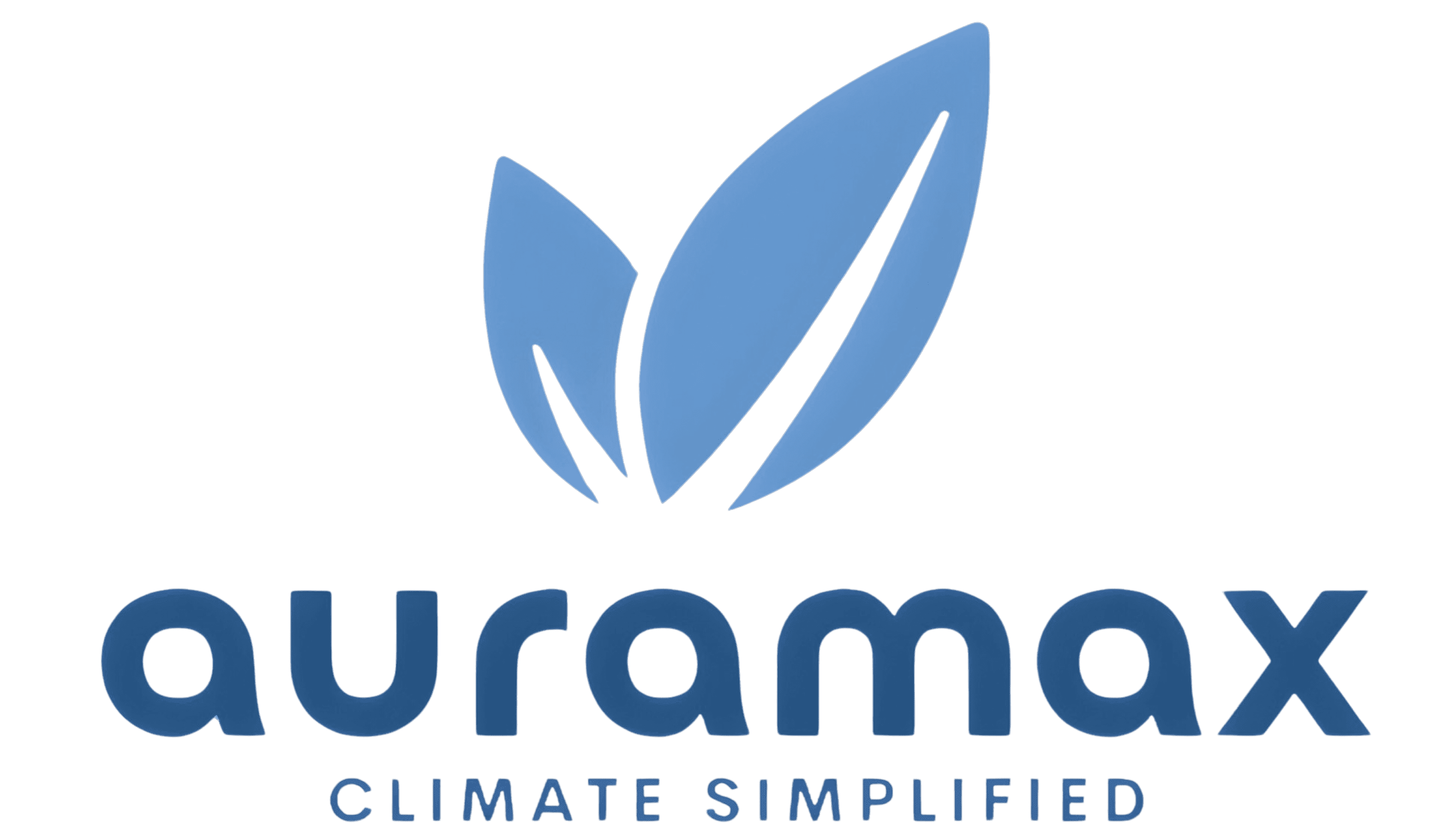Pollution control is very important in today’s world because many industries release harmful gases and dust into the air, and this can damage the environment and human health. To keep the air clean, factories use different machines to remove these pollutants before they leave through chimneys or vents. One common machine used for this purpose is called a wet scrubber. A wet scrubber is a device that cleans polluted air or gas by spraying it with a liquid, usually water, and this helps catch dust, chemicals, and other harmful particles.
The liquid absorbs or traps these pollutants and prevents them from escaping into the atmosphere. Wet scrubbers dryers are popular in many industries because they can handle both gas and solid pollution at the same time, and they work well in different conditions. This article will explain how wet scrubbers work, their main benefits and disadvantages, the principle behind their operation, and where they are commonly used. Understanding these points will help readers see why wet scrubbers are important tools for keeping industrial air cleaner and safer.
What Are Wet Scrubbers?
Wet scrubbers are machines made to clean dirty gas by spraying liquid, usually water, which catches harmful particles and gases. These machines have key parts like spray nozzles that spread the liquid, a scrubber chamber where the gas meets the liquid, and a system that collects the dirty water. There are different kinds of wet scrubbers, such as spray towers, packed bed scrubbers, venturi scrubbers, and cyclone scrubbers. All these types work by removing both gas pollutants and solid dust from the air, making the air safer before it leaves the factory or plant.
Principle of Wet Scrubbers
The main principle behind wet scrubbers is called mass transfer, which happens between the gas phase (polluted air) and the liquid phase (the water or cleaning liquid). This means that harmful substances in the air move into the liquid because they can dissolve or stick to it. Pollutants like dust or gas enter the scrubber, and the liquid captures them through different ways. Some gases get absorbed into the liquid, while solid particles stick to the droplets. In some scrubbers, the liquid contains special chemicals that react with dangerous gases, changing them into safer forms. This chemical reaction helps remove more pollutants from the air.
Inside the scrubber, the gas and liquid mix in a way that causes turbulence, which means the air and water swirl and touch each other many times. This turbulence increases the surface area where gas and liquid meet, making it easier for pollutants to transfer into the liquid. When the contact area grows, the scrubber cleans the air more effectively. So, the combination of absorption, adhesion, chemical reactions, and good mixing makes wet scrubbers strong tools for cleaning dirty air in many industries.

Benefits of Using Wet Scrubbers
Wet scrubbers remove both gases and particles very well, including fine dust and harmful chemicals that can cause serious problems. They also control strong odors and corrosive gases that dry filters cannot handle because dry filters do not use liquid to capture pollutants. Wet scrubbers can cool hot gas streams while cleaning them, which helps save energy in industrial processes.
These machines are flexible and work with many types of pollutants, so they can easily fit into different factories and plants. Because wet scrubbers use liquids, they have a lower risk of dust explosions compared to dry systems, making them safer to use. When maintained properly, wet scrubbers often cost less to maintain and last longer, which saves money over time and keeps factories running smoothly.
Cool smarter, save bigger — Wet Scrubber Dryers UAE made for Dubai.
Built for Industry. Trusted for Performance.
Click HereDisadvantages of Wet Scrubbers
Wet scrubbers use a lot of water and create wastewater that must be treated carefully to avoid pollution. Because they work with liquids and sometimes strong chemicals, these machines can suffer from corrosion and damage over time, which means parts may wear out faster. Wet scrubbers are often large and need more space than some dry pollution control systems, so factories must have room to install them. The initial cost to buy and set up a wet scrubber can be high, especially for complex designs that handle many pollutants. If the scrubber is not cleaned and maintained well, it can clog or lose its ability to clean air properly. Handling and disposing of the dirty liquid collected by wet scrubbers needs careful attention, and it must be done in a way that does not harm the environment. If this waste is not managed properly, it can cause pollution in water and soil. Even though wet scrubbers have these challenges, they continue to be important tools in many industries because they clean polluted air effectively and protect workers and communities from harmful gases and dust. Their ability to remove a wide range of pollutants makes them valuable despite the extra steps needed for liquid waste management.
Where Are Wet Scrubbers Used?
Wet scrubbers are common in many industries, including chemical manufacturing, metal processing, power plants, and waste incineration facilities. They help control harmful emissions that come from boilers, furnaces, and exhaust systems, keeping the air cleaner. These machines are especially good at removing acid gases like sulfur dioxide (SO2) and hydrogen chloride (HCl), which can be very dangerous if released into the environment. Wet scrubbers also work well in dust removal during mining, cement production, and food processing, where fine particles can cause problems.


